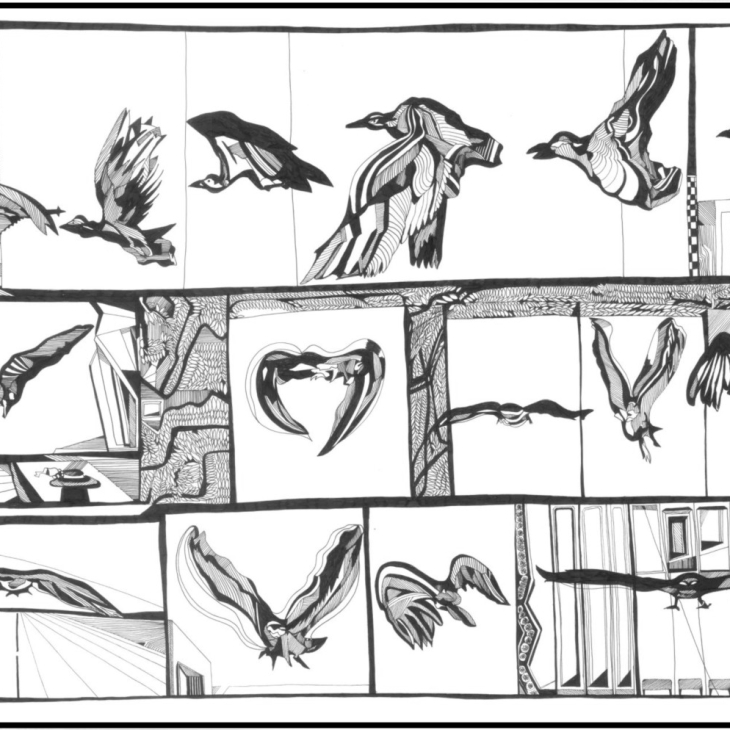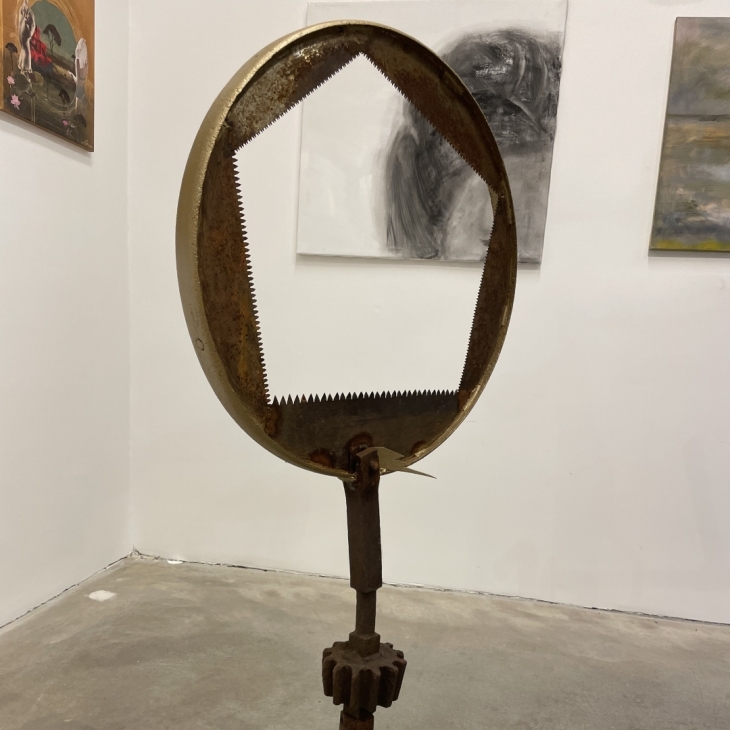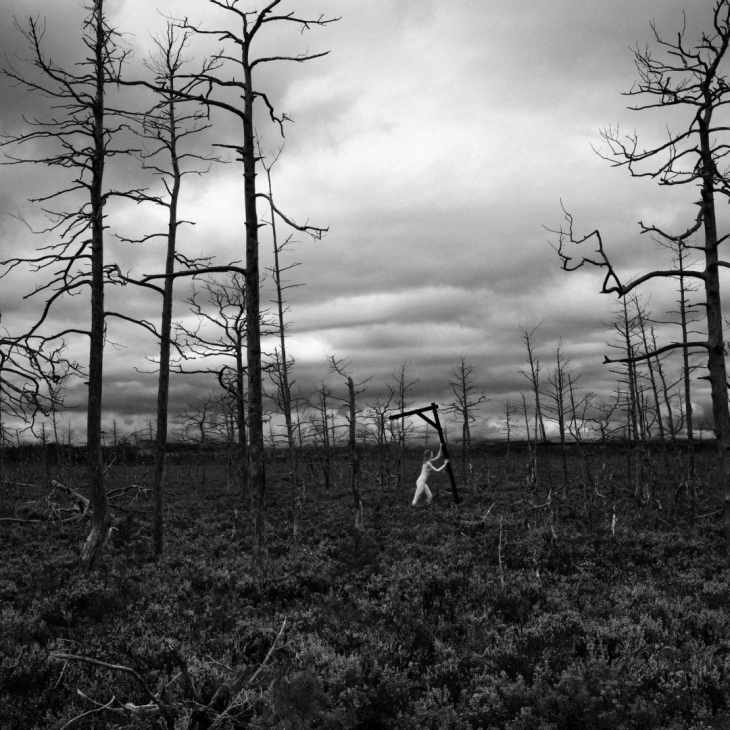(3) items in your cart

Price: €1200



Photo from gallery website
A botanical garden is the stage for the long-term coexistence of humans and plants, where nature and culture and the different interdependencies of species occur in a limited area. It presents the relationship of man to plants – and the relationship of some plant species to man – in a visible, concrete way.
Every vegetable garden is different, shaped by the plants suitable for its location and conditions and by the influence of human activity to be just the way it is. At the same time, all greenhouses have unifying factors, on the basis of which it is possible to name each of them as a greenhouse.
Mariliina Valkama examines the human relationship with plants in her photo-based works, the material technique of which is image transfer to plywood. His works are composite images formed from several photographs with an image processing program, which he transfers by hand onto wooden material, e.g. for surplus pieces from the plywood shop. With this technique, a digital, reproducible image becomes a unique, one-of-a-kind work with each tear.
In some works, the same motif is repeated twice, almost identically, side by side. It is a stereo image that, with a little practice, can be seen in three dimensions without aids. Through stereo images, Mariliina Valkama reflects on seeing and the accuracy of information obtained through the senses. What kind of picture of reality can a person have who only sees it from one direction at a time?
“I look at plants and the human relationship with plants from the perspective of hope.” Mariliina Valkama states and continues, “I think right now is a good time to look for and imagine a utopia, a hopeful future. Images reflect reality, but also create it. I want to create a good, utopian reality through my works.”
Mariliina Valkama was born in Kangasa, studied painting at Ikaalis (Ikaalisten Handicrafts and Arts College, visual artist) and Tornio (Lapland
University of Applied Sciences, visual artist). He lives and works with plants
in Tampere.
Galerii nimi: Galleria Rajatila
Address: Hämeenpuisto 10, 33210 Tampere, Finland
Opening hours: Mon-Fri 13:00 - 18:00 Sat-Sun 12:00 - 16:00
Open: 18.02.2023 — 07.03.2023
Address: Hämeenpuisto 10, 33210 Tampere, Finland
Opening hours: Mon-Fri 13:00 - 18:00 Sat-Sun 12:00 - 16:00
Open: 18.02.2023 — 07.03.2023